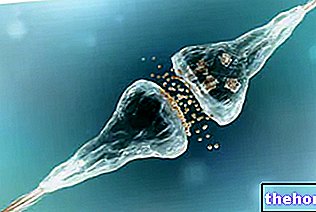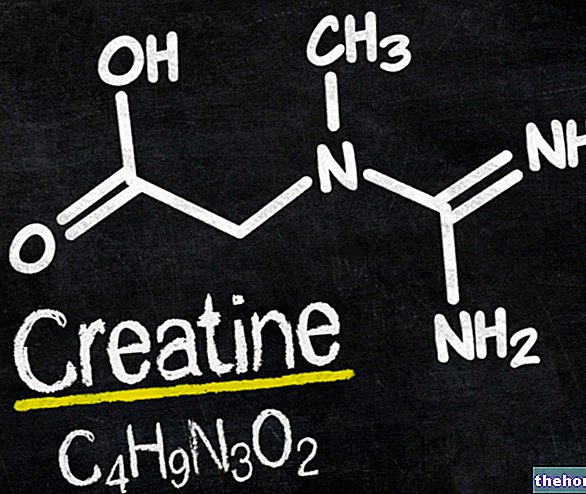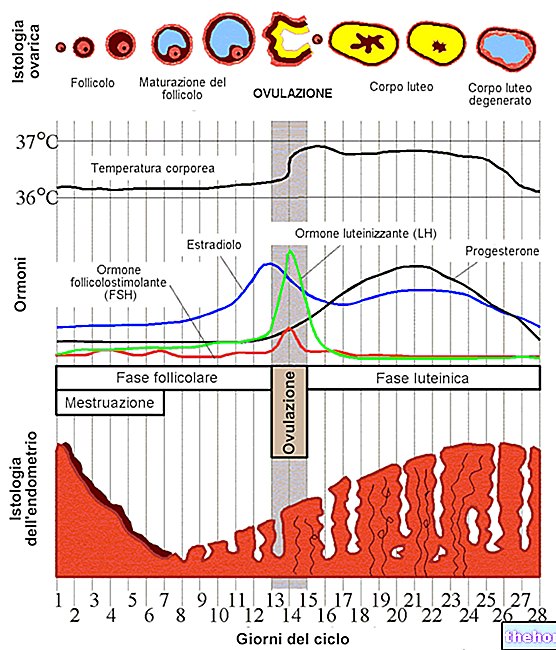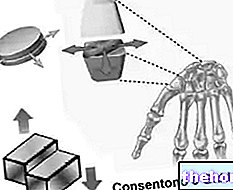Edited by Dr. Stefano Casali
Components of energy expenditure

Click on the image to enlarge
The cardiopulmonary test
The main objective is to measure the ability to adapt to effort and any limiting factors, analyzing the cardiovascular and metabolic ventilatory response induced by the exercise. Correct execution requires:
- quantify the solicitation in terms of external work produced;
- measure the energy cost (EC) of the work performed.
Specific ergometers
- Conveyor belt
- Cycle ergometer
- Ergometer for the upper limbs (Kayak and Rower for the disabled)
- Ergometers for swimming
Environmental conditions
- The restaurant: spacious, bright, well ventilated;
- The temperature: variable between 17 ° and 20 °;
- The variable humidity between 40-50%;
- The subject: must be familiar with the ergometer, with the technicians and assessors and with the test;
- Warm-up: must last between 10 and 15 minutes;
- Avoid vagal rebounds: do not leave the subject immobile after the test.
Measurement of V "O2max
Mistakes to avoid:
- Incorrect protocol;
- Inadequate exercise bike;
- Poor motivation on the part of the subject;
- Overtraining.
Rules for the Athlete
- Complete rest the previous day;
- Quiet night with at least 8 hours of sleep;
- Interval from the last meal of at least three hours;
- Refrain from taking alcohol, caffeine, tobacco, drugs from the day before.
Specificity of the Test
Healthy subject trained and not:
protocols capable of using many muscle masses for an adequate time and intensity;
Athlete:
the protocols must reproduce as much as possible the specific competition exercise.
Measurement of V "O2 max
Standard Protocols:
- Incremental (Triangular) Test
- Constant Load Test (Rectangular)
Exercise test protocols

Click on the image to enlarge
Measurement of V "O2 max at the Conveyor belt
Protocols with load increase through the belt slope associated or not with that of the speed.
Athletes trained to run:
increase in speed without increasing the slope (or fixed slope at 1-1.5%);
Untrained or pathological subjects:
any protocol can have limitations; but for a lesser habit of step rate and high speeds and the greater risk of falls, protocols with increasing incline are preferred.
Measurement of V "O2 max on the Cycle ergometer
It is essential to adapt one's anthropometric measures with those of the cycle ergometer. Typical Methodology:
Increase of 50 W every 2 minutes or 25 W every minute.
Extensive literature on initial and incremental load. With the cycle ergometer, with the exception of cyclists, lower VO2 values are achieved than when running on a belt.
In the maximal test, the subject can stop testing for local fatigue (thigh pain) before VO2max is reached.
Measurement of V "O2 max with the kayak ergometer
The tests performed with the arms give physiological responses in percentage terms lower than those of the tests performed with the legs, for subjects not trained in the use of the muscular masses of the lower limbs. Values between 64 - 80% of those obtained with the tape and to the cycle ergometer.
For high level athletes:
the VO2 max values are similar to both the kayak ergometer and the conveyor belt;
For mid-level or specializing athletes:
the VO2 max value on the kayak ergometer does not exceed 90% of that obtained on the treadmill.
Measurement of V "O2 max At the Remoergometer
Triangular test:
increasing loads until exhaustion, with steps of 3 minutes and 50 W, with a pause of 30 seconds for the withdrawal of lactate.
Rectangular Test:
simulates the duration of the performance (6 minutes for men, 5 minutes for women and juniors) with a start, a central step phase and a final phase. In this way the subject expresses his V "O2 max in a more specific way.
Criteria for Test Suspension
- Establish if you want to reach exhaustion, also evaluating the maximum amount of work done and the ability to accumulate lactate;
- Establish if you prefer to interrupt the test according to the predetermined trend of a certain parameter (eg reaching a VO2 plateau even in the presence of a continuous increase in workload).
Validity Criteria for the Measurement of VO2max
- Reaching a plateau;
- Lactate peak of at least 8 mM;
- An RER, at the end of the test, of at least 1.08-1.10;
- Maximum Heart Rate (HR) reached of 10 beats ± the theoretical maximum HR.
Other articles on "VO2max Test"
- Oxygen debt
- The aerobic system
- Indirect Maximum Oxygen Consumption Tests
















.jpg)











